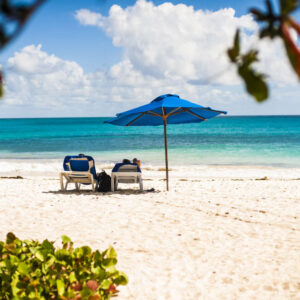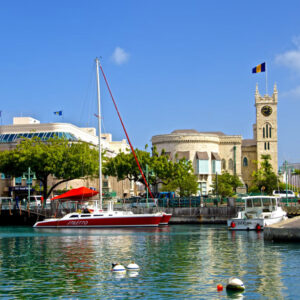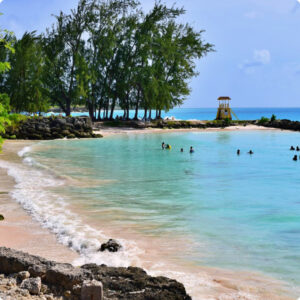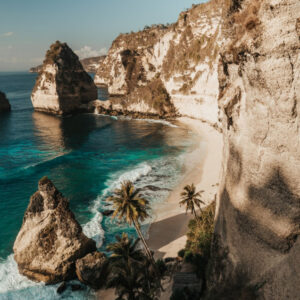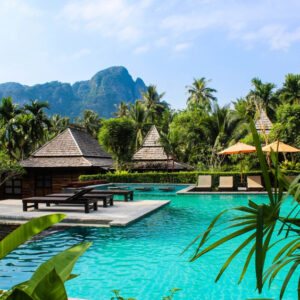The Faroe Islands are a hidden gem in the North Atlantic. They offer stunning landscapes and unique experiences.
Planning a trip to the Faroe Islands? Timing is key. The islands have distinct seasons, each offering different charms. In summer, the days are long, and the weather is mild. Perfect for hiking and exploring. Winter brings shorter days and a chance to see the Northern Lights.
Spring and autumn are quieter but still beautiful. Each season offers its own magic. Knowing the best time to visit can enhance your experience. So, when should you go? Let’s dive in and find out the best times to explore this stunning destination.
Contents
Introduction To Faroe Islands
The Faroe Islands offer stunning landscapes and rich culture. The best time to visit is during late spring to early autumn. Enjoy pleasant weather and vibrant festivals.
Geographical Overview
The Faroe Islands are a group of 18 islands. They are in the North Atlantic Ocean. The islands are between Iceland and Norway. The landscape is stunning. You will see steep cliffs and green hills. There are many small villages too. The weather is cool and windy. Summers are mild. Winters are not too cold. The islands are perfect for nature lovers.
Cultural Highlights
The Faroe Islands have a rich culture. People speak Faroese. They also speak Danish. Traditional music and dance are popular. There are many festivals. They celebrate the old Viking ways. Food is simple but tasty. They eat a lot of fish. Sheep are also important. Wool is a big part of their crafts. You will find many local art pieces.
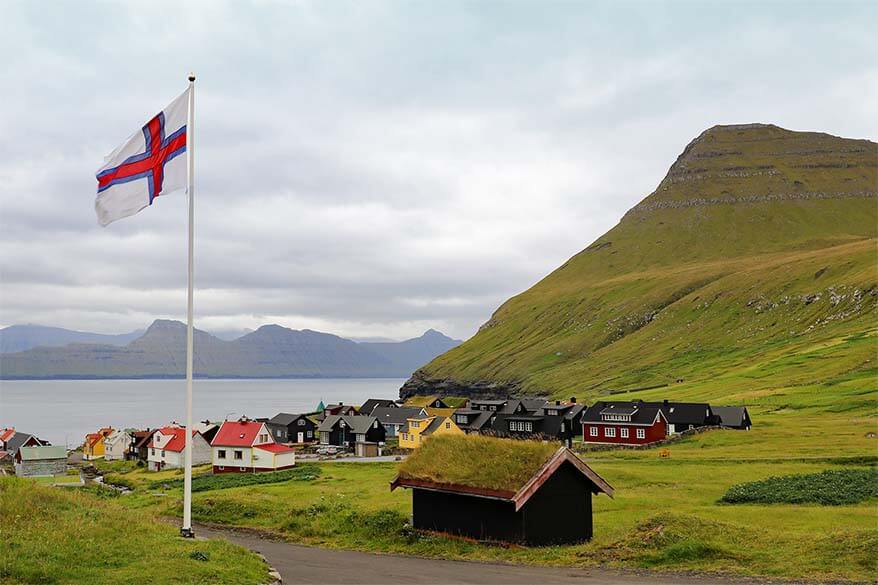
Credit: fullsuitcase.com
Spring In Faroe Islands
Spring brings mild weather to the Faroe Islands. Temperatures range from 5°C to 10°C. Expect some rain and wind. The landscape turns lush and green. Beautiful flowers start to bloom everywhere. Birds return to nest. The islands look stunning and fresh.
Spring is great for hiking. Trails are less crowded. Bird watching is popular too. You can see puffins and other seabirds. Locals celebrate Easter with special traditions. Music festivals also start in late spring. Enjoying local food is a must. Fresh seafood is abundant.
Summer In Faroe Islands
Summer offers the best weather in Faroe Islands. The temperatures are mild, usually between 50°F and 60°F. This makes it perfect for outdoor activities. The days are long with up to 19 hours of daylight. You can explore more places during the day.
Gásadalur and its waterfall are a must-see. The small village has stunning views. Visit Tórshavn, the capital, for its colorful houses. The town has many cafes and shops. Don’t miss the bird cliffs at Vestmanna. You can take a boat tour to see puffins and other birds. Hiking is also popular. Trails offer breathtaking scenery.
Autumn In Faroe Islands
Autumn in the Faroe Islands is truly magical. The scenery changes dramatically. Leaves turn bright colors. The air gets crisp and fresh. It’s perfect for outdoor adventures. Walking and hiking trails become more beautiful. Photographers love this time for stunning pictures. The light is softer and the skies are often clear.
Changing Scenery
The landscape becomes colorful. Trees and plants show autumn colors. The sea looks different each day. Mountains and cliffs stand tall and proud. The weather can change quickly. Always be prepared for rain and wind.
Seasonal Activities
- Bird watching
- Hiking
- Photography
- Local festivals
- Boat tours
Winter In Faroe Islands
Winter in the Faroe Islands has a special charm. The snow-covered landscapes are breathtaking. Shorter days create a cozy atmosphere. Northern lights often dance in the sky. The villages look magical under snow.
Winter sports are popular in the Faroe Islands. Hiking in snow is a great adventure. Snowboarding and ice skating are fun. Local festivals bring joy to the cold season. Traditional foods and warm drinks are enjoyed by all.
Wildlife Watching Seasons
Summer is ideal for wildlife watching in the Faroe Islands. Puffins, seals, and whales are most active during this time. July and August offer the best chances to see these animals.
Bird Watching
The Faroe Islands are a paradise for bird watchers. Many species nest here during summer. Puffins, razorbills, and kittiwakes are common. Puffins are colorful and fun to watch. They arrive in April and stay until August. June and July are best for bird watching. You can see many birds feeding their chicks. Coastal cliffs are great spots to see them. Bring binoculars for a better view.
Marine Life Sightings
Marine life is diverse around the islands. Whales and dolphins are often seen. The best time for sightings is late summer. July and August are ideal months. Boat tours offer close encounters with marine life. Seals are also common in the waters. They rest on rocks and beaches. Keep an eye out for their playful behavior. The waters are rich with fish, attracting many marine animals.
Festivals And Events
The Faroe Islands have many traditional celebrations. One famous event is the Ólavsøka festival. This festival happens every July. People dress in traditional clothes. There are parades and folk dances. The festival lasts two days. It is one of the biggest celebrations.
The islands also have many music festivals. The G! Festival is very popular. It takes place in July. Many bands play live music. The Summartónar Festival is another event. This festival celebrates classical music. It runs from June to August. Local and international artists perform.
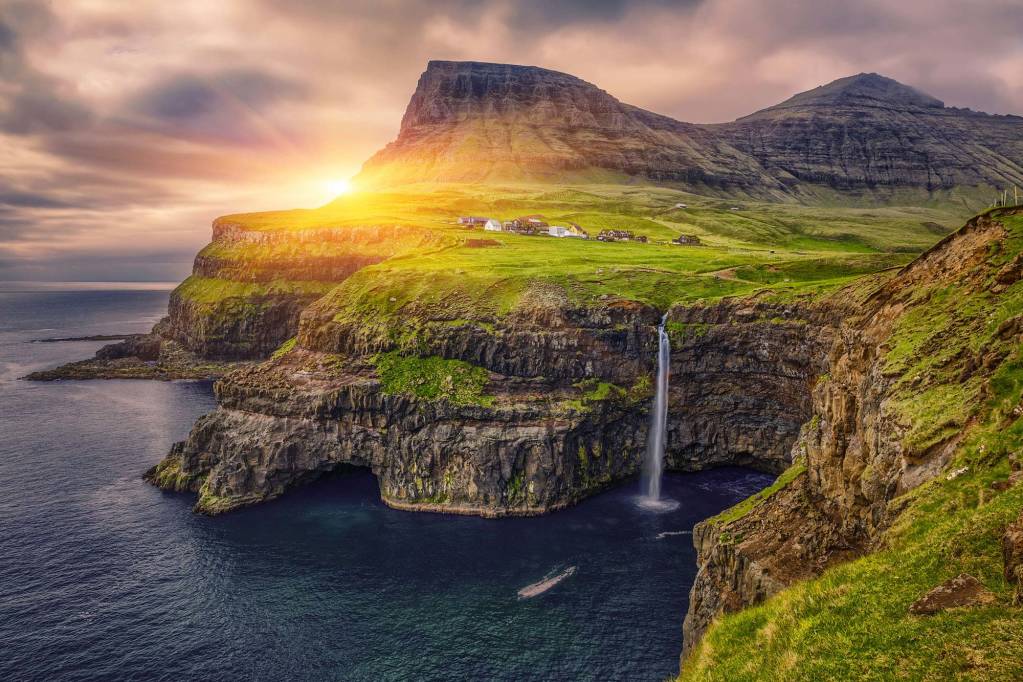
Credit: www.quarkexpeditions.com
Travel Tips For Every Season
Always pack layers. The weather changes fast. Bring a warm jacket, even in summer. A raincoat is a must. Good walking shoes are important. They should be waterproof. Don’t forget sunglasses and sunscreen. Hat and gloves are useful in winter. Always carry a small backpack for day trips. You will need a camera to capture the beauty. Pack some snacks for long hikes.
Travel in spring or autumn. Flights and hotels are cheaper. Fewer tourists visit. You get better deals. Enjoy the local culture more. The weather is still good. You can explore the islands easily. May and September are good months. Plan ahead for best prices.

Credit: guidetofaroeislands.fo
Frequently Asked Questions
What Is The Best Month To Visit The Faroe Islands?
The best month to visit the Faroe Islands is June. Enjoy long daylight hours, mild weather, and vibrant landscapes.
When Not To Visit Faroe Islands?
Avoid visiting Faroe Islands during winter months, November to February. Cold weather and limited daylight can impact travel experience.
How Many Days Do You Need In Faroe Islands?
You need at least 5-7 days to explore the Faroe Islands. This duration allows you to visit major attractions and enjoy scenic drives.
Why Are The Faroe Islands Closing To Tourists?
The Faroe Islands are closing to tourists for a short period to allow locals and volunteers to perform maintenance and conservation work. This initiative helps preserve the natural beauty and sustainability of the islands for future visitors.
Conclusion
Visiting the Faroe Islands offers breathtaking views year-round. Each season has its charm. Spring brings blooming flowers. Summer offers long days and mild weather. Fall showcases vibrant colors. Winter has a magical, snowy landscape. Plan your trip based on your interests.
Enjoy the unique beauty and culture. The Faroe Islands await your adventure.







